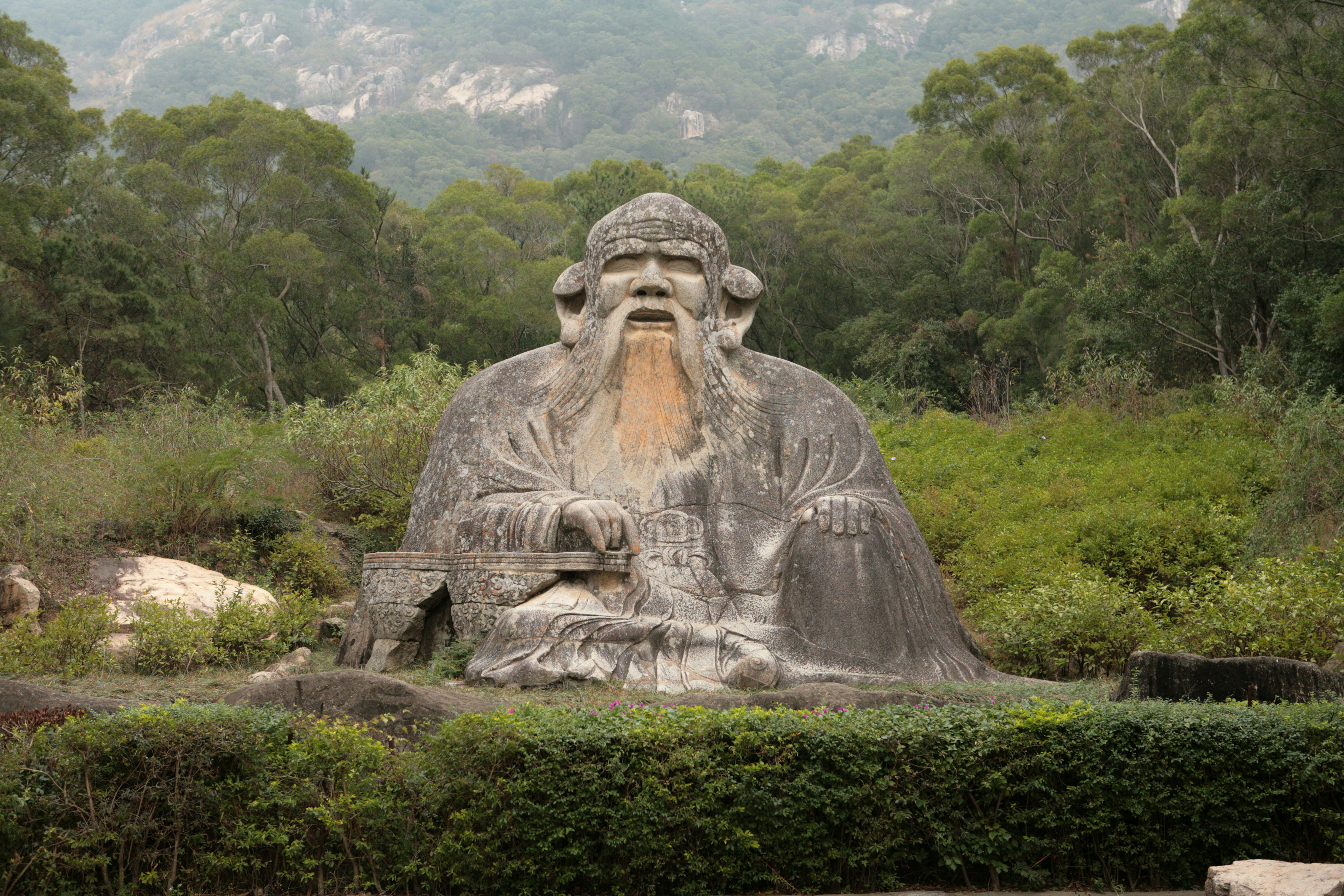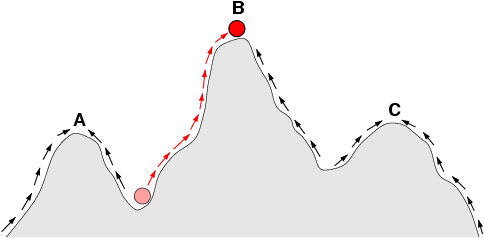As we think about how Science and its methods work,
we realize, as Nicholas Maxwell has stressed many times, that it contains one
more implicit assumption. This second assumption is that human minds can figure
out the laws of this difficult, confusing place; that is, that we’re not
kidding ourselves about how smart we are. All the evidence of the history of Science,
and of humanity more generally, suggests that we can figure those laws out.
Therefore, I choose to gamble again, this time on the power of human minds,
sometimes alone and sometimes in cooperation with other minds, to see through
the layers of irrelevant, trivial events and to spot the patterns that underlie
their larger movements. Then we can test and revise and gradually arrive at
models and natural law statements that really do explain the world, and so we
gradually come to master the knowledge that empowers us to design—and engage in—focused,
strategic actions that get survival-favouring results.
Again, the majority of the citizens of the West see
this choice-gamble as the only rational one to take. The alternative to
believing in the power of human minds, individually or in cooperating groups,
to figure out the laws underlying reality is to abandon reason in favour of
beliefs founded on something other than observable, replicable, material facts.
Once again, we have the evidence of centuries of human history to look back on.
All the evidence we have about what life was like for the superstitious, cowed
tribes of the past suggests that their lives were—as Hobbes puts it—nasty,
brutish, and short. People who were willing to think, analyze, experiment, and
learn made this society that we enjoy today; even the majority of Luddite
cynics who claim to despise modernity don’t like to go two days without a
shower.
My first point or conscious realization on the road
to the theistic view, then, is that these beliefs in the consistency of the
laws of the universe and in the power of the human mind to figure them out,
when added together, amount to a kind of faith. To atheists and skeptics, this
belief system can’t properly be called a “faith” at all. It certainly doesn’t
lead them to a belief in God. It simply enables atheists and theists alike to
keep doing science and to share ideas about their branch of Science with anyone
else who is interested. It does not entail more than that, the atheists say.
But now let’s add some other powerful ideas.
If we truly believe in Science, then we are
committed to integrating into our thinking all well-supported theories in any
of the branches of Science. In the twenty-first century, what that means is
that we must now try to integrate uncertainty, quantum and non-quantum, into
our world view. Earlier we saw that extrapolating from the quantum model led us
to conclude that the values we call
freedom and love are real, that
is, that our believing in these values and living under their worldview leads
to survival-oriented, real-world, positive consequences.

Erwin Schrodinger (credit: Wikimedia Commons)
However, quantum
theory, once it’s accepted, also comes with some other startling corollaries
and experimental findings. Quantum
entanglement implies that the universe feels itself, all over, all at once. The
universe is not, as pre-quantum Science pictured it, cool, local, and aloof. It
is capable of what Einstein called “spooky action at a distance,” and in fact,
it functions that way all the time.5 Our best twenty-first century
model of the universe is telling us that all the parts of the universe are in
touch, instantly, with all the other parts, all the time. Schrodinger put it
this way: “There seems to be no way of stopping [entanglement] until the whole
universe is part of a stupendous entanglement state.”6
If distant parts of an entity are in touch with one
another (in the case of the physical universe, instantly), it is entirely
reasonable to postulate that there must be a controller of some kind connecting
the stimulus of a spin of one particle and the reverse-spin response of another
particle in some distant location.
This way of seeing the universe as having a kind of
awareness is my second big idea. It is well known to scientists, theist and
atheist alike. They admit it is a way to move a bit closer to saying that a
possibility exists of a sort of a God.





.jpg)
.jpg)









